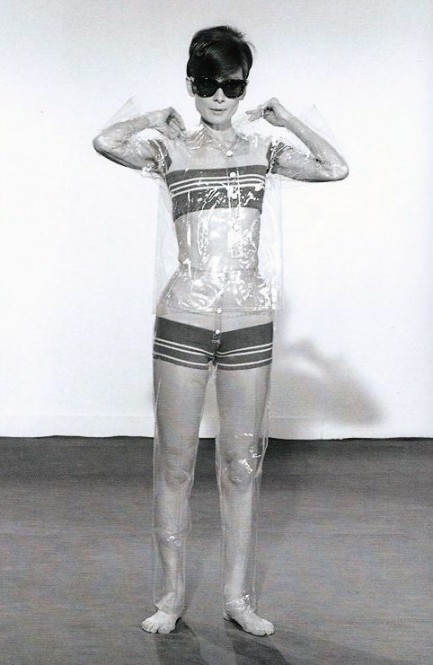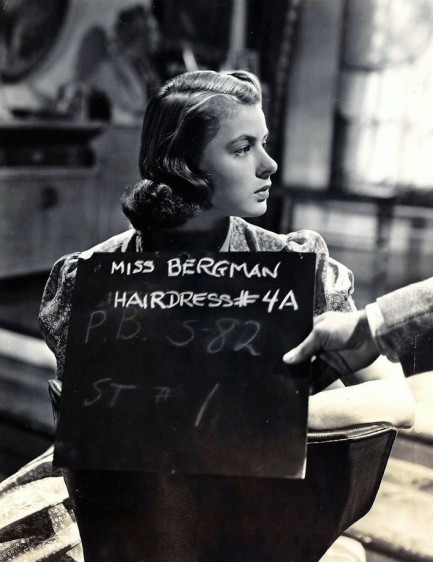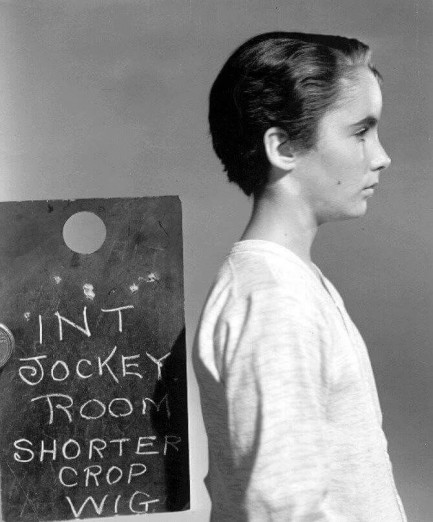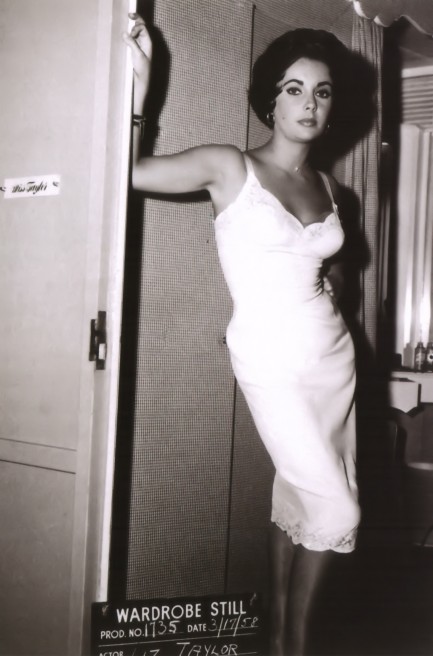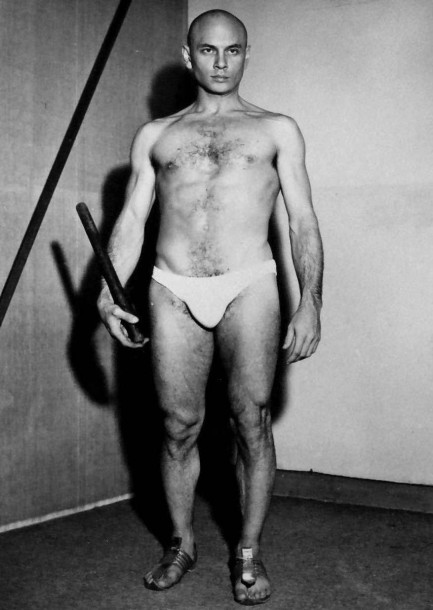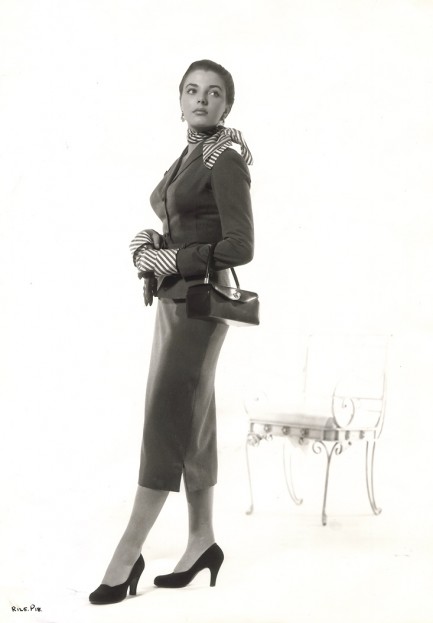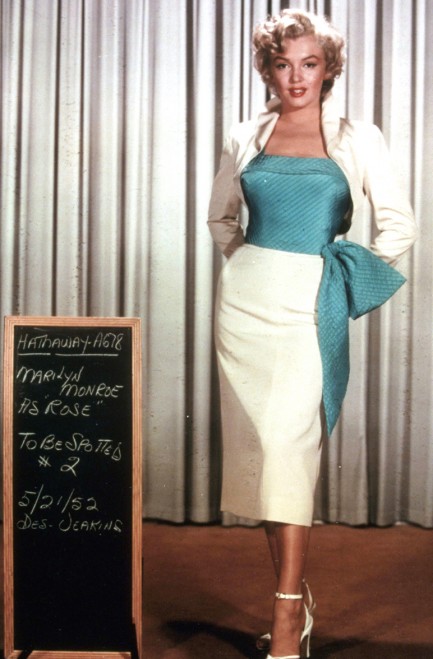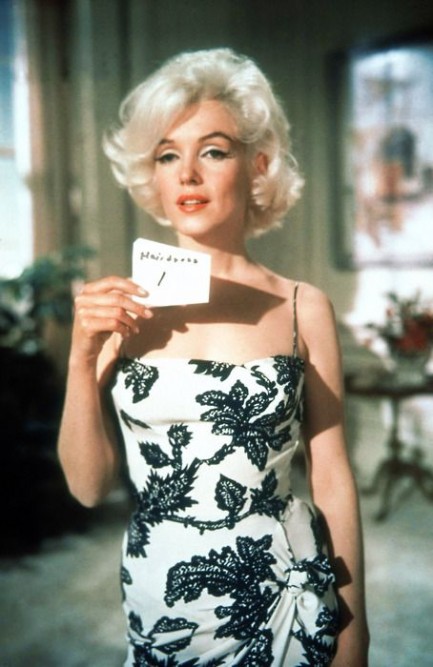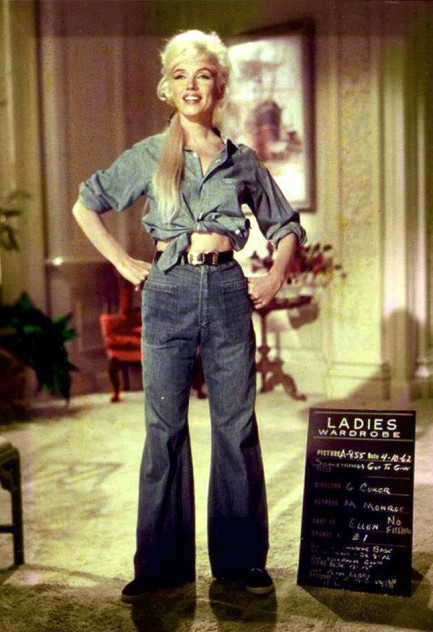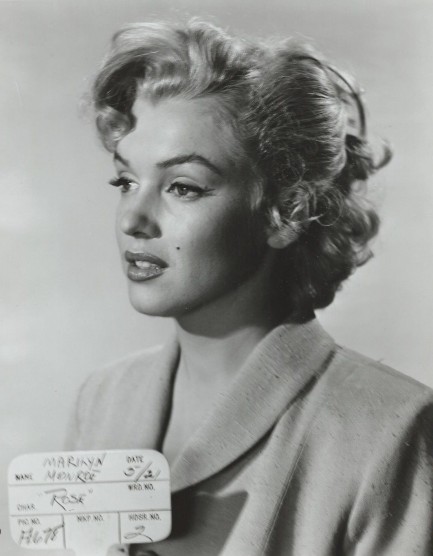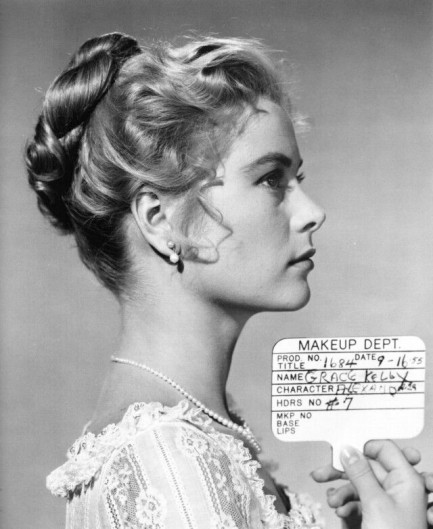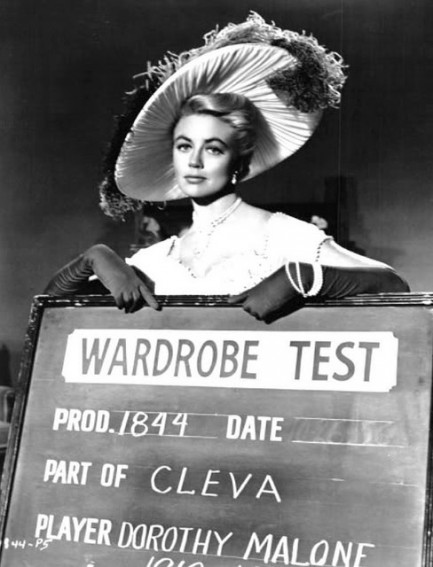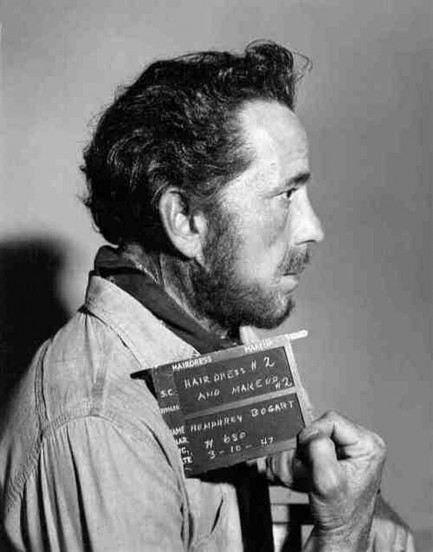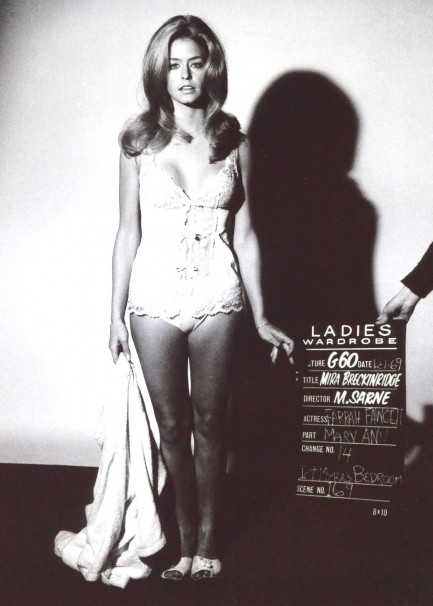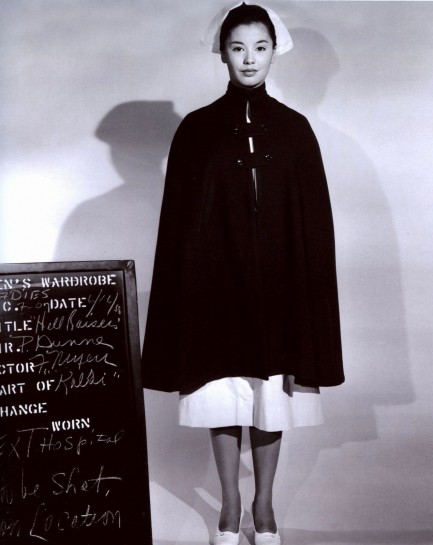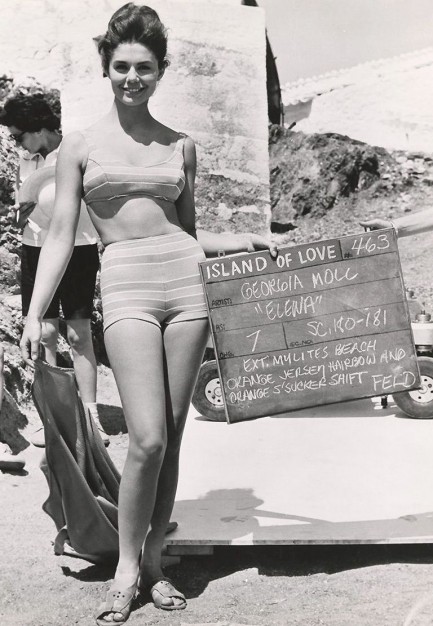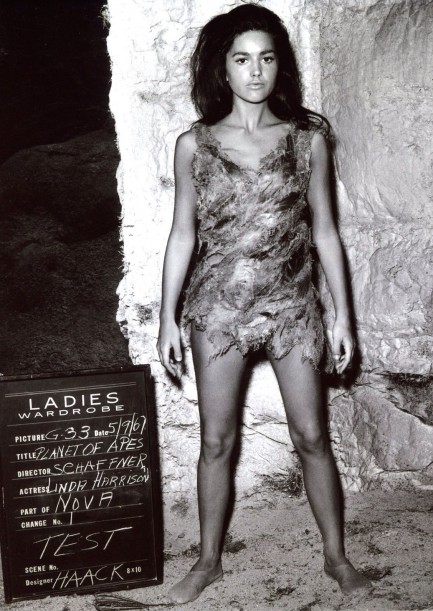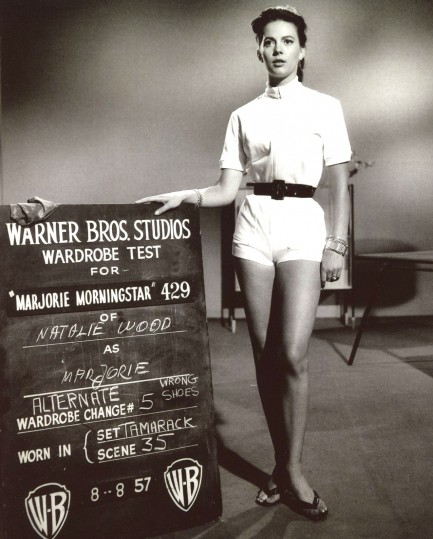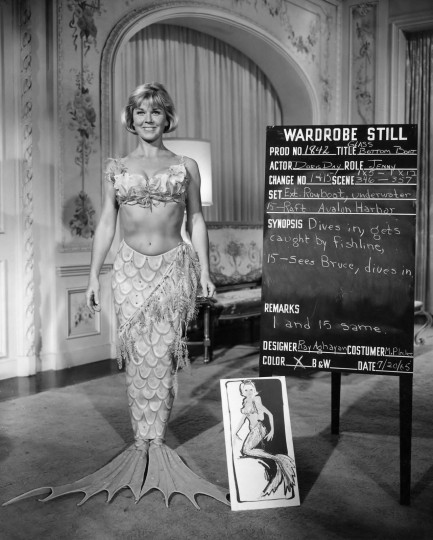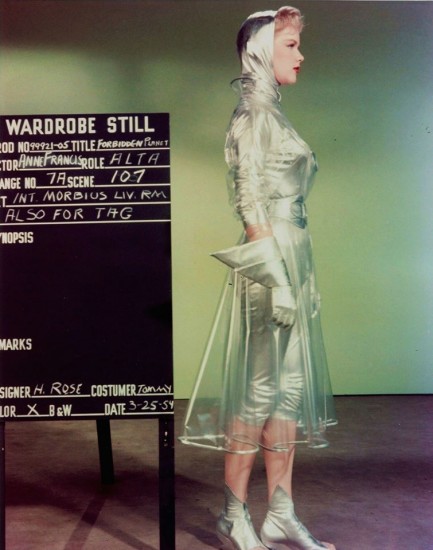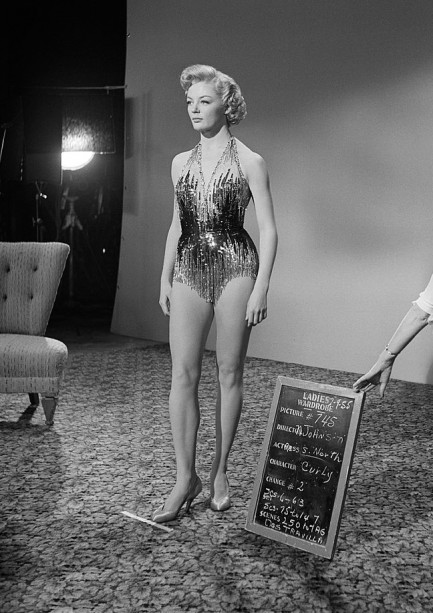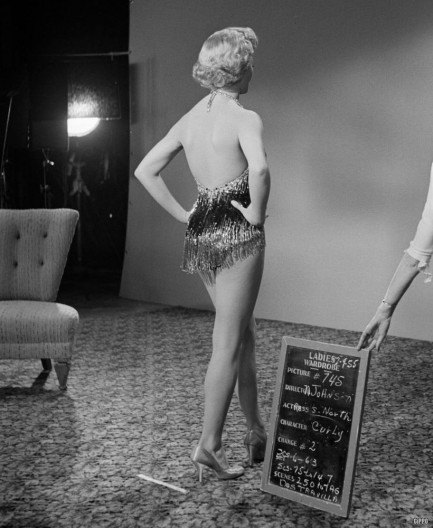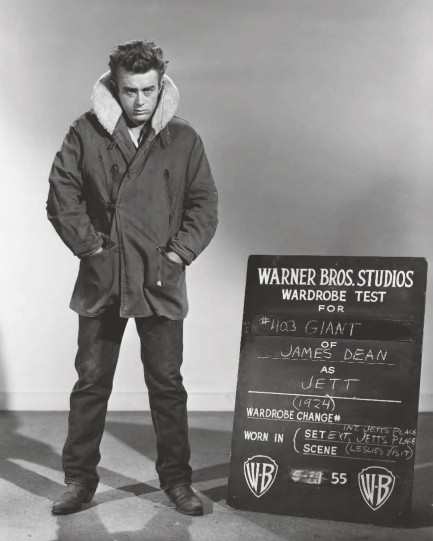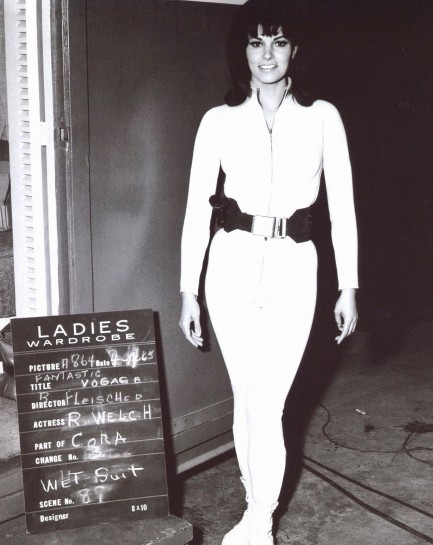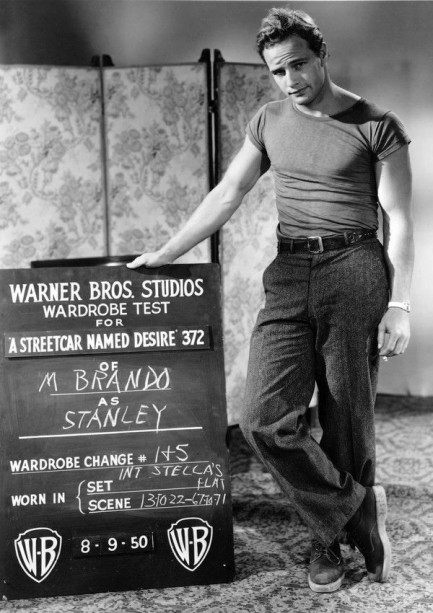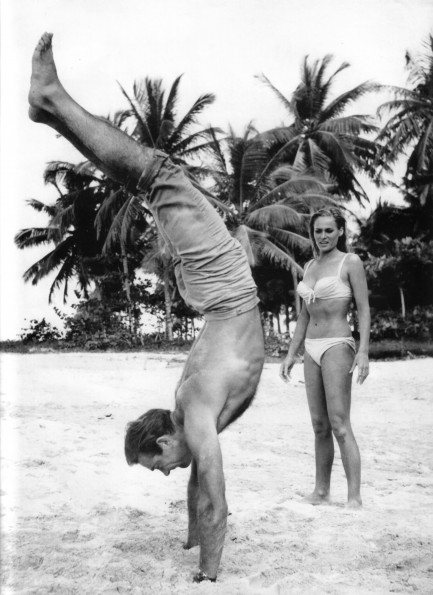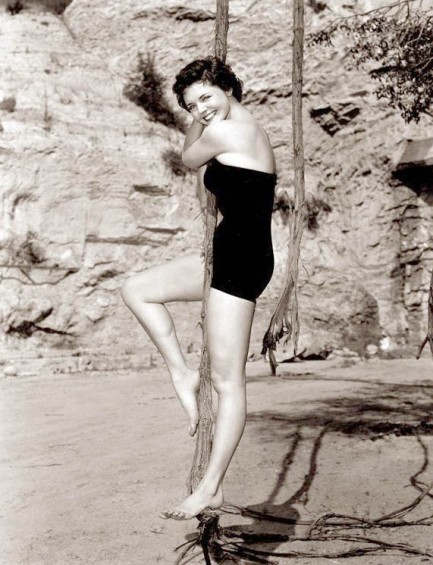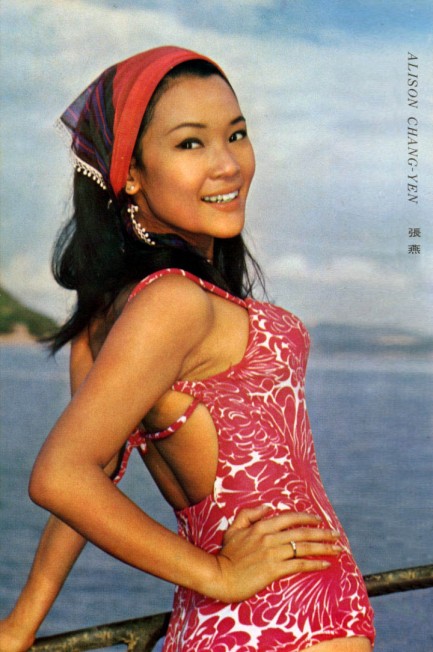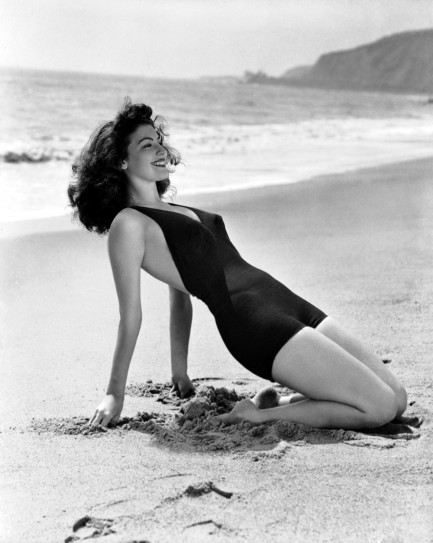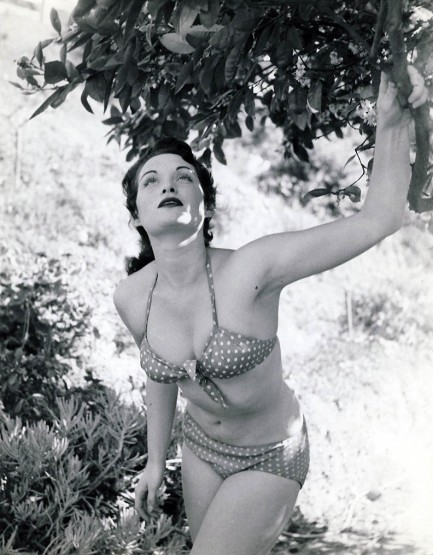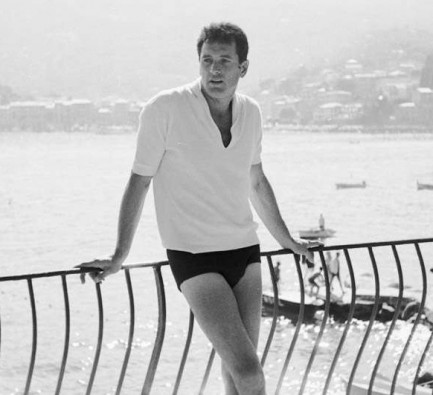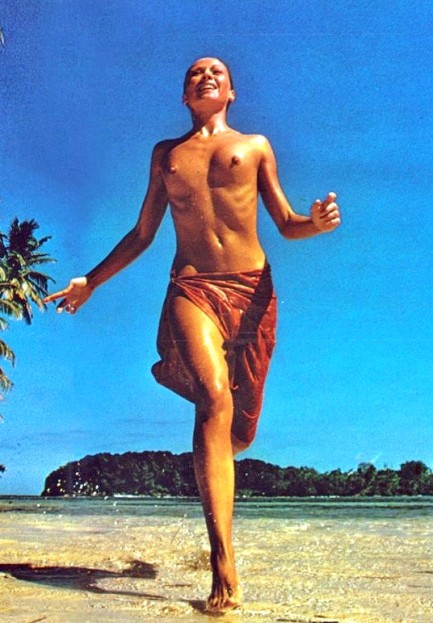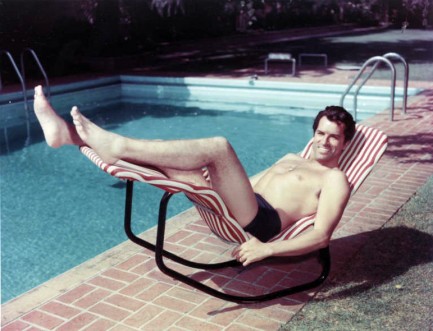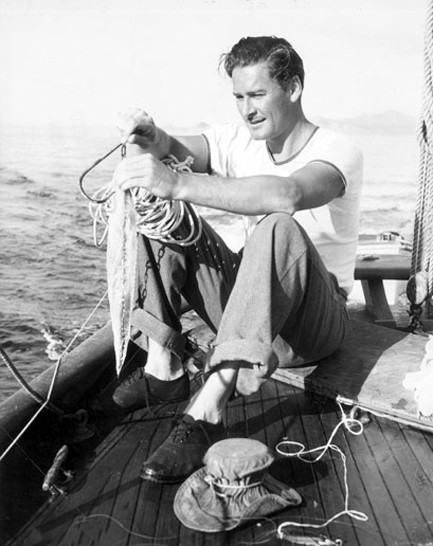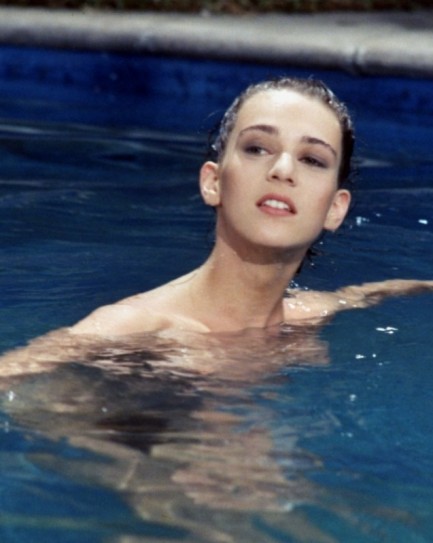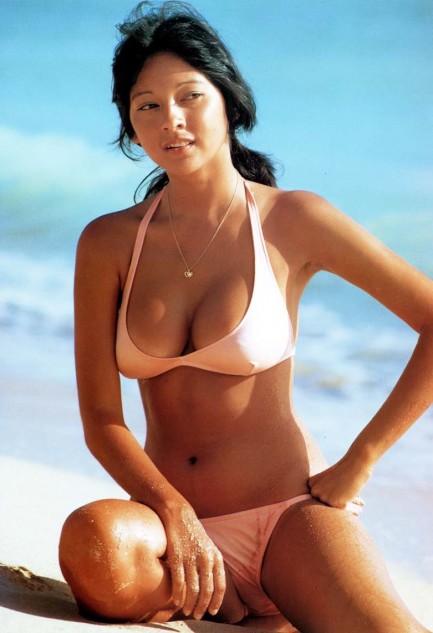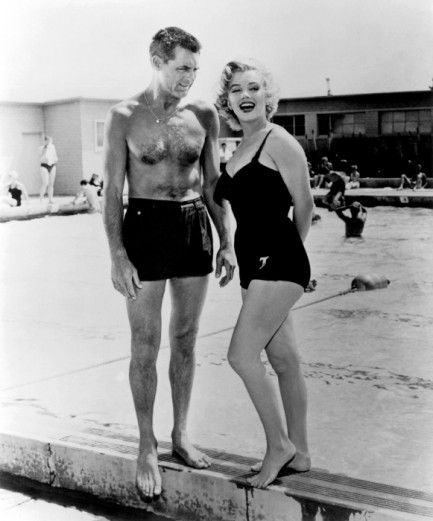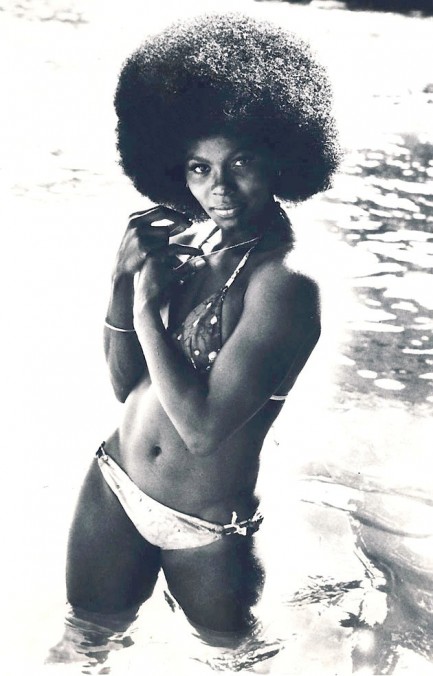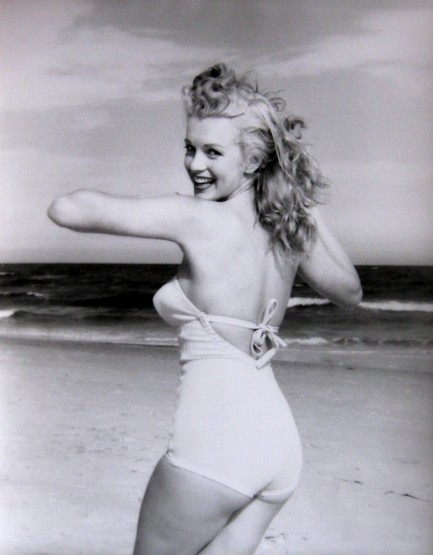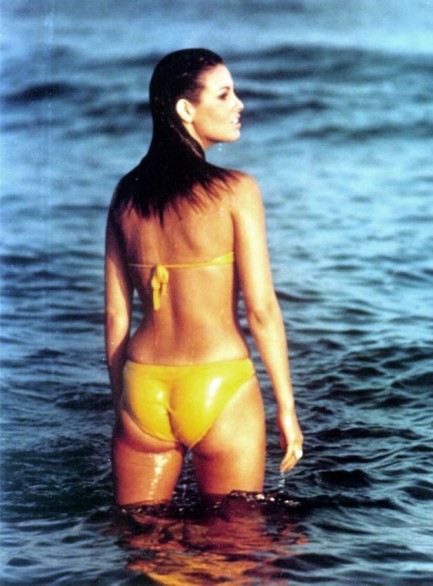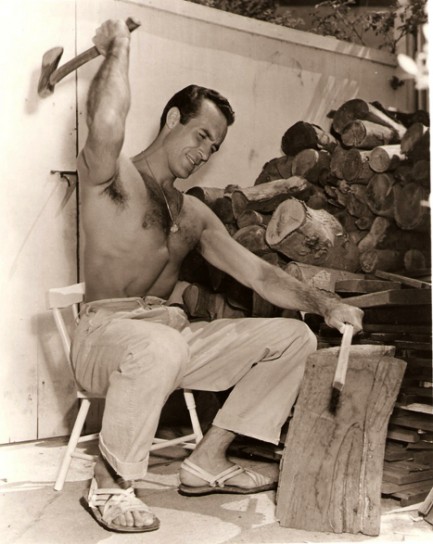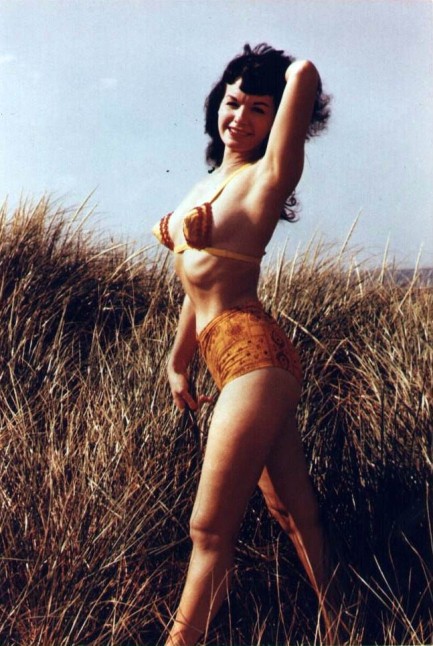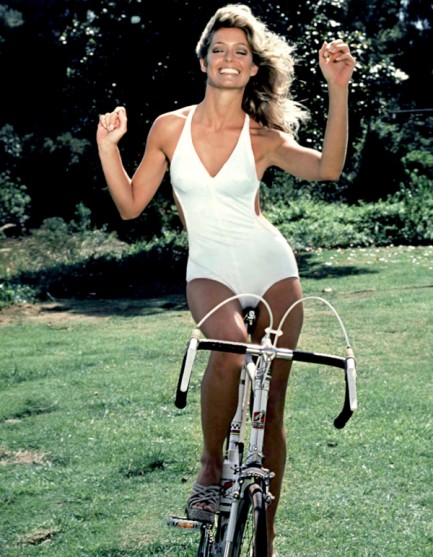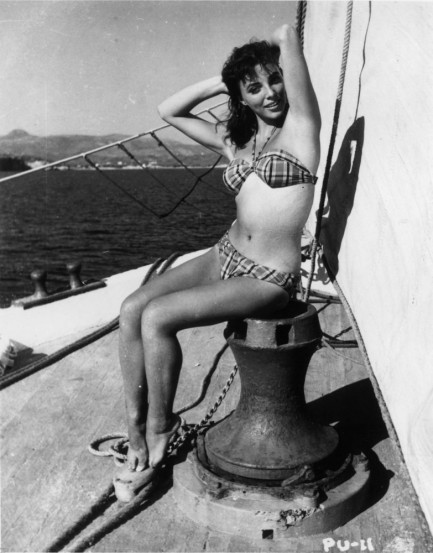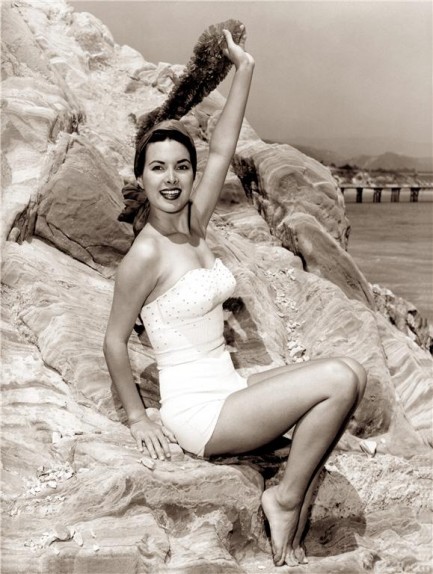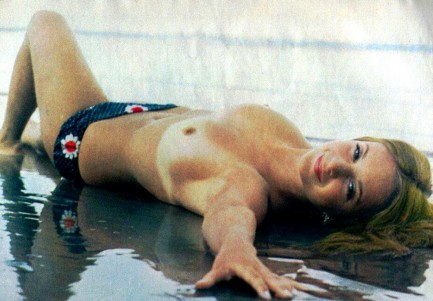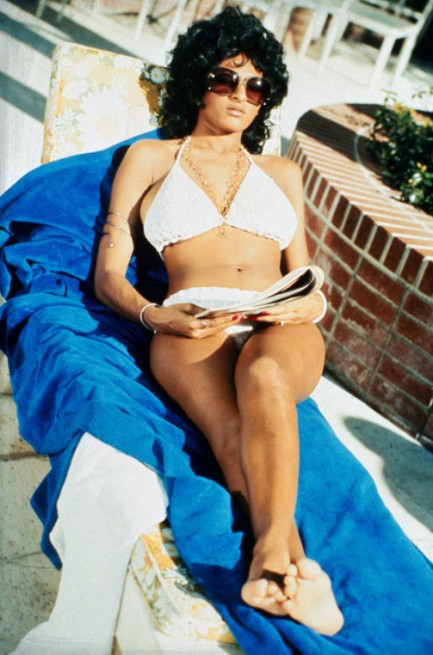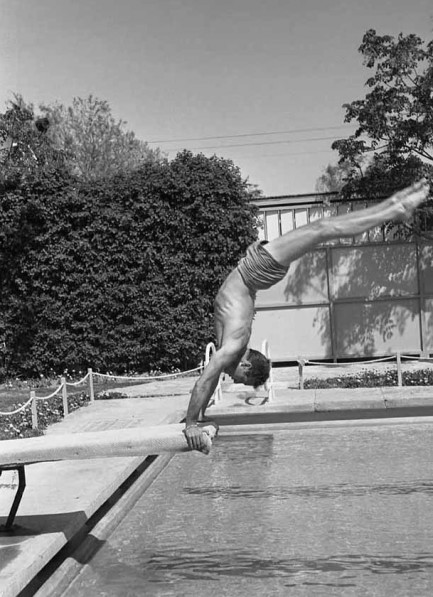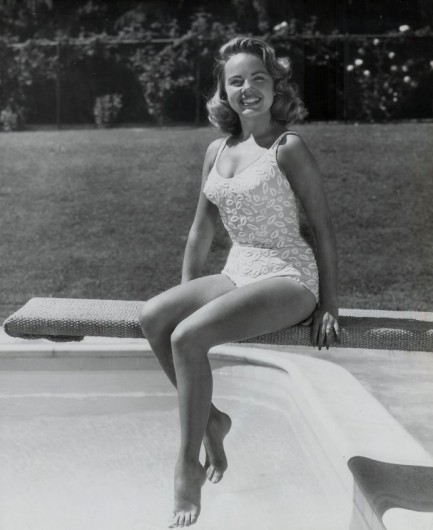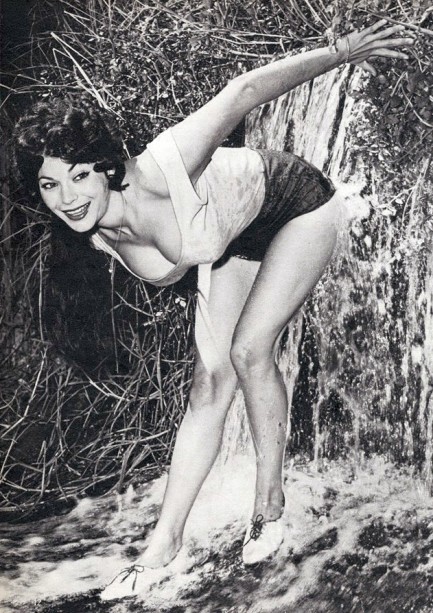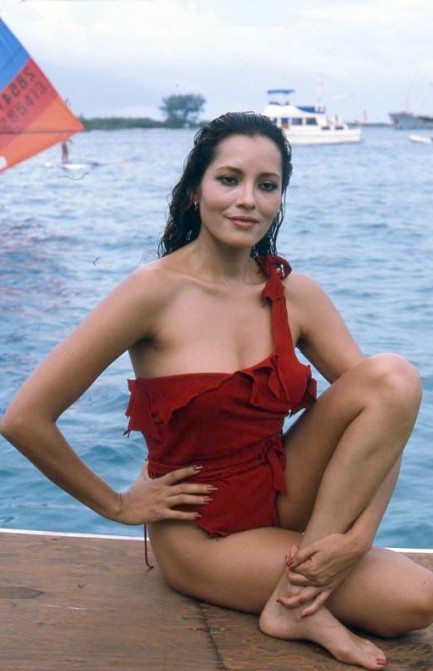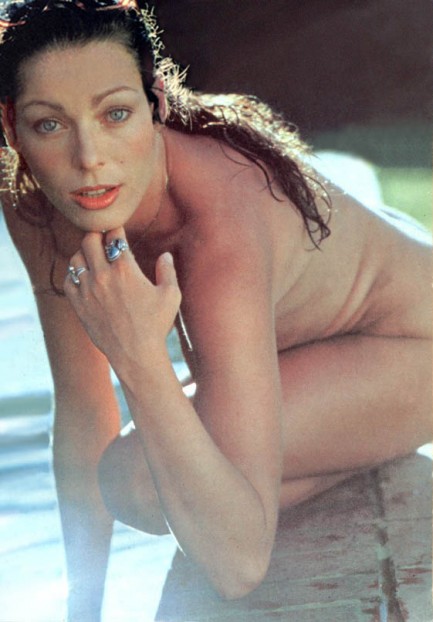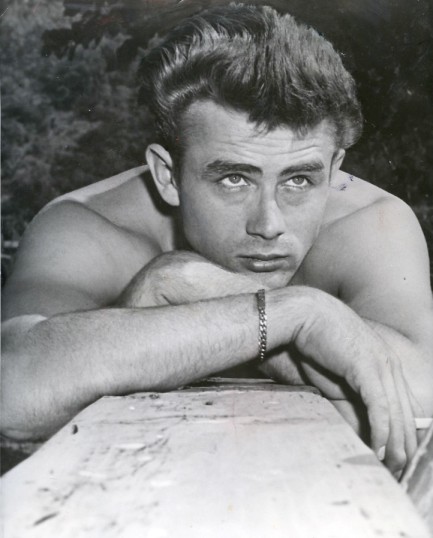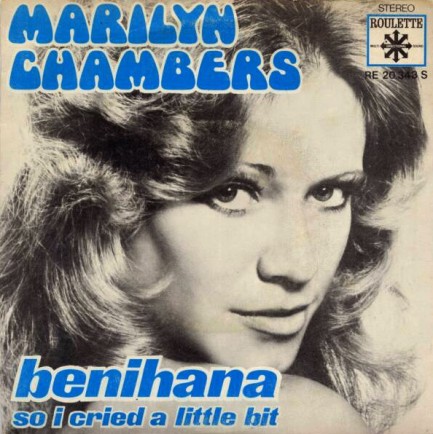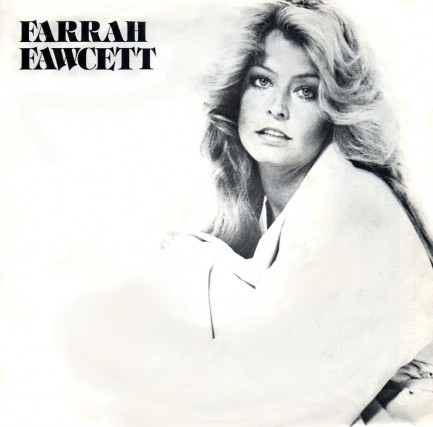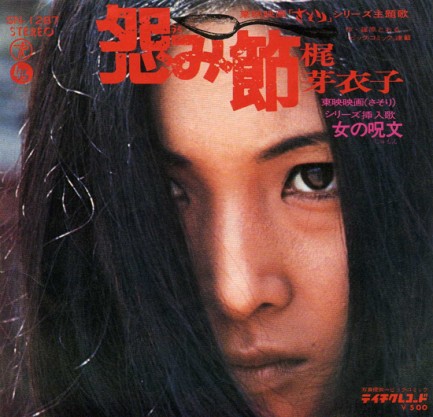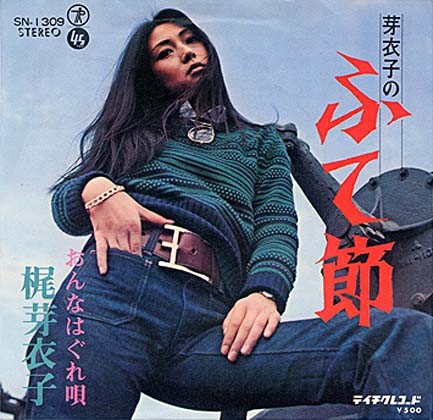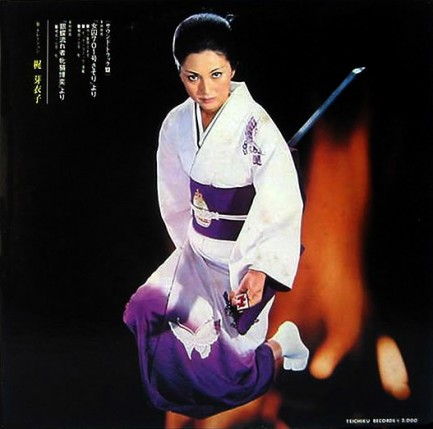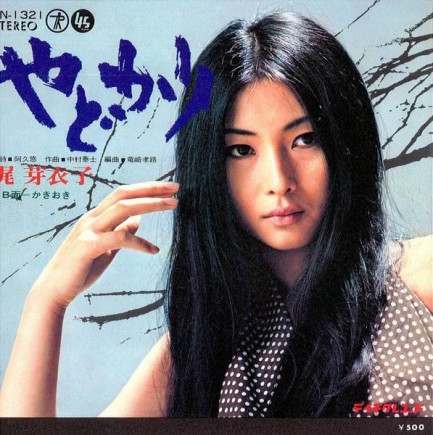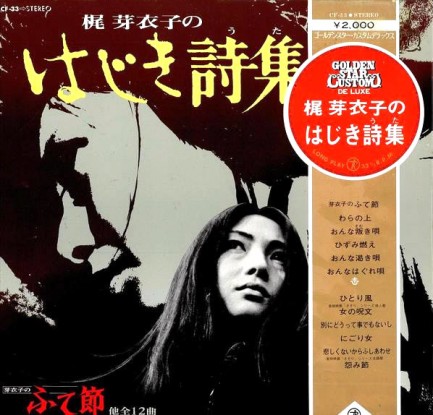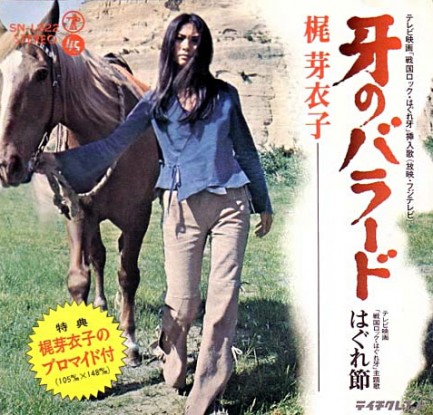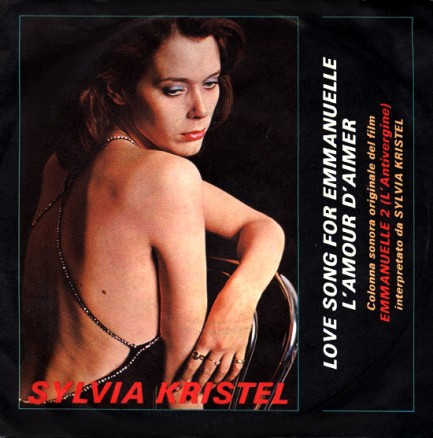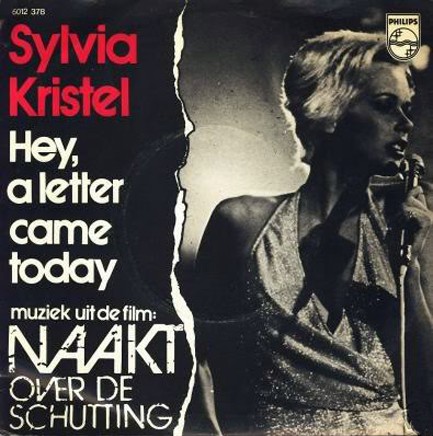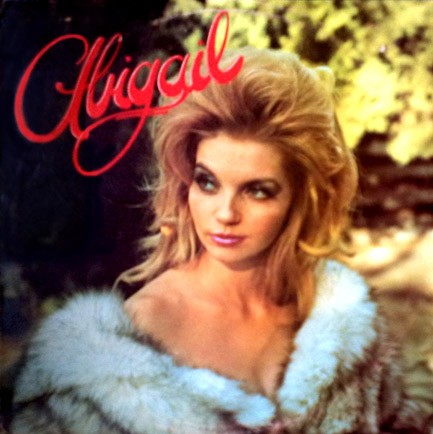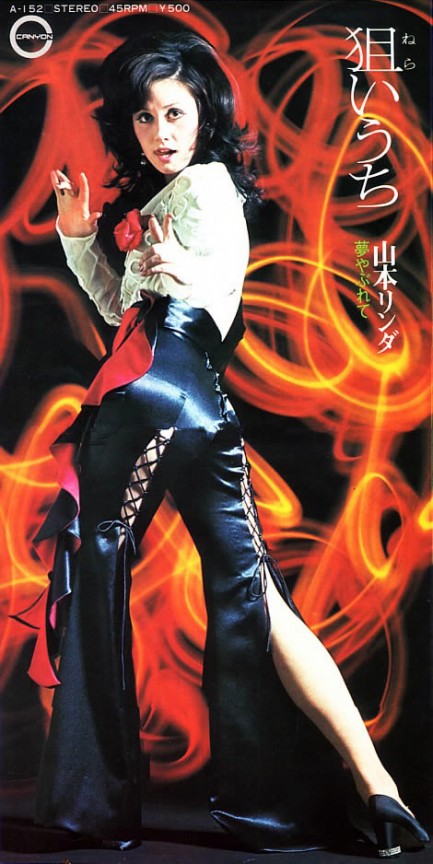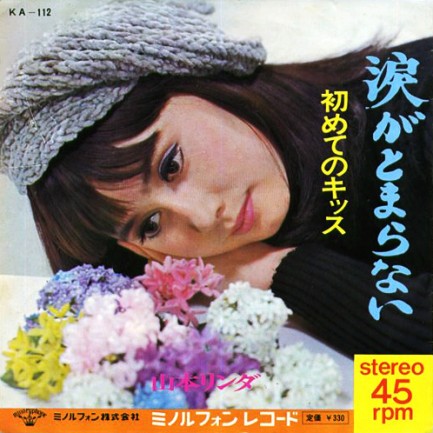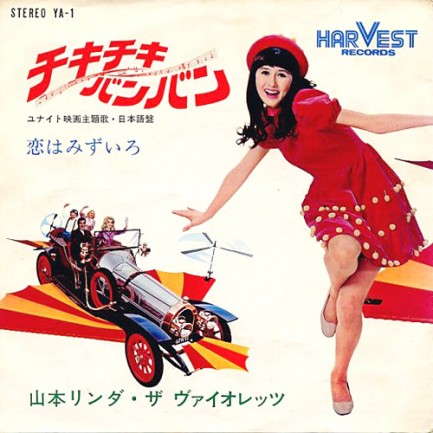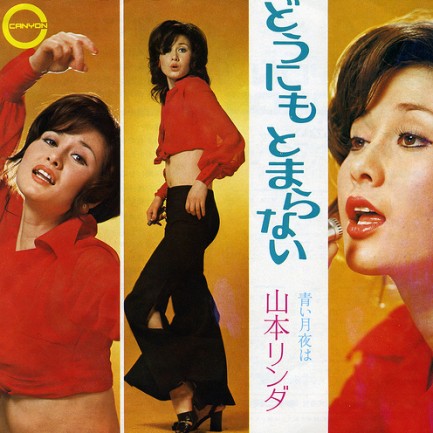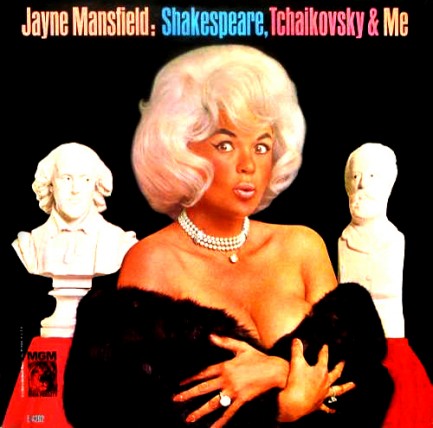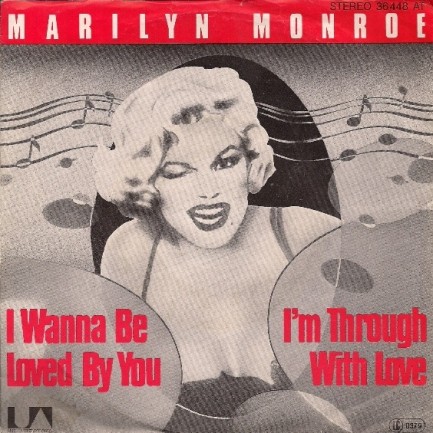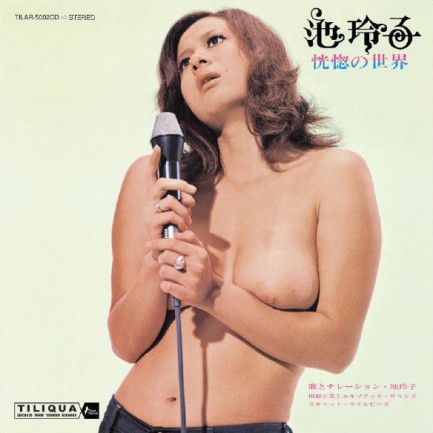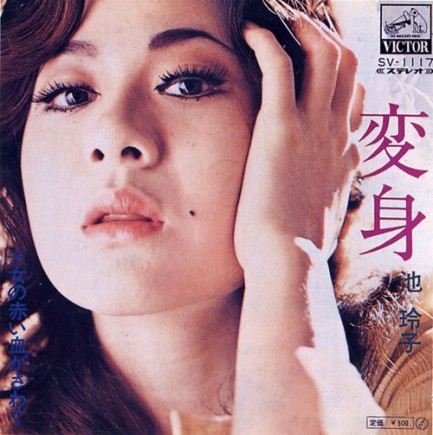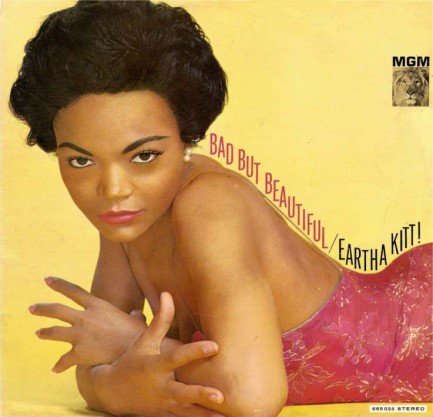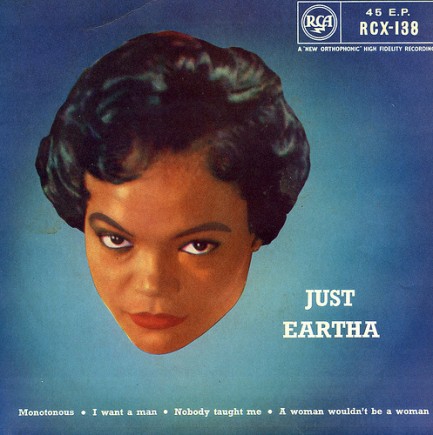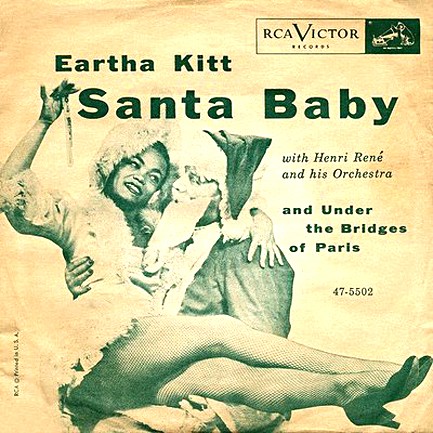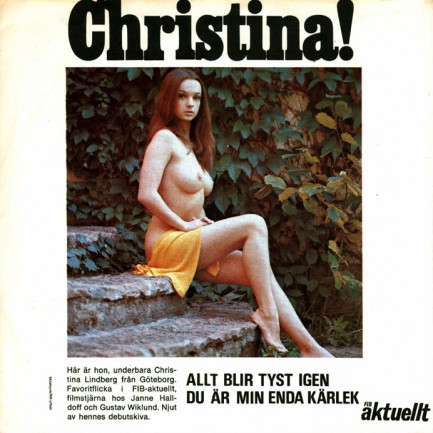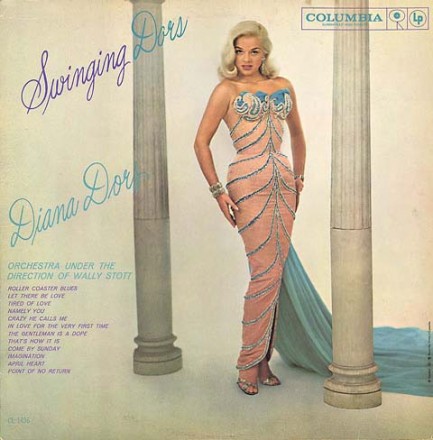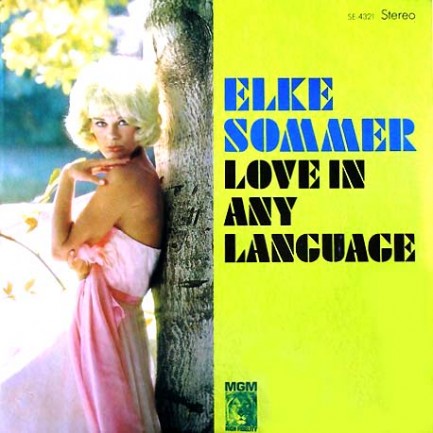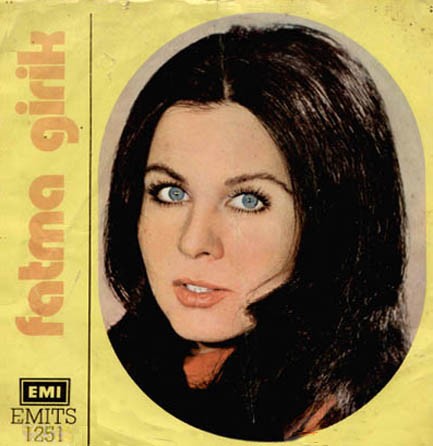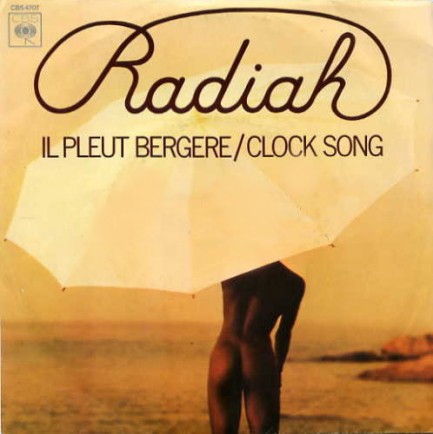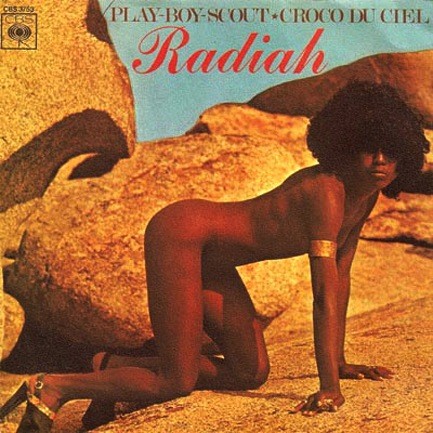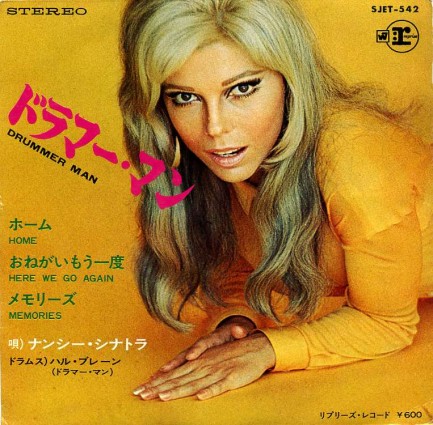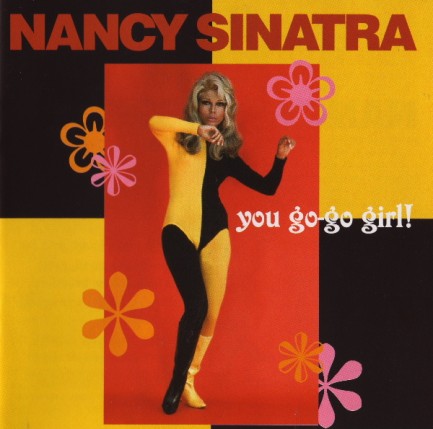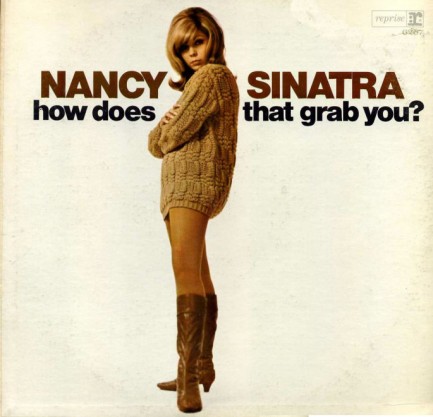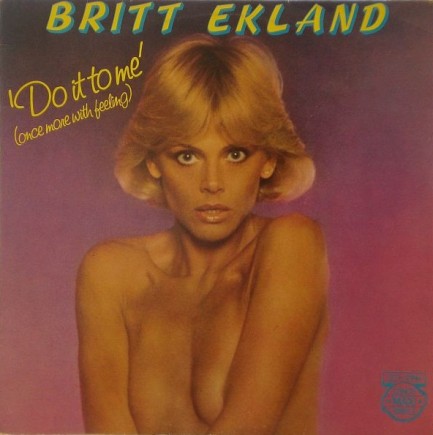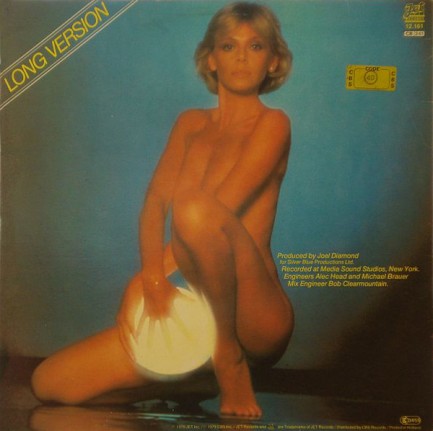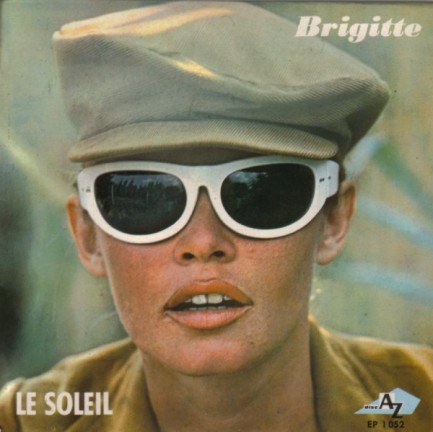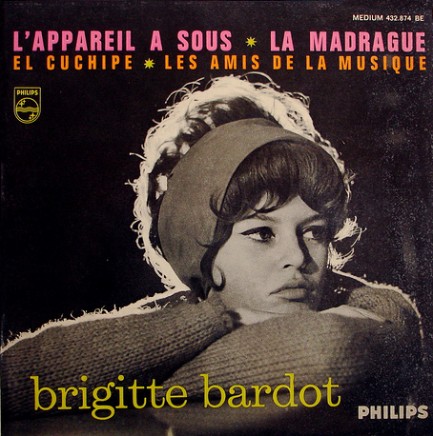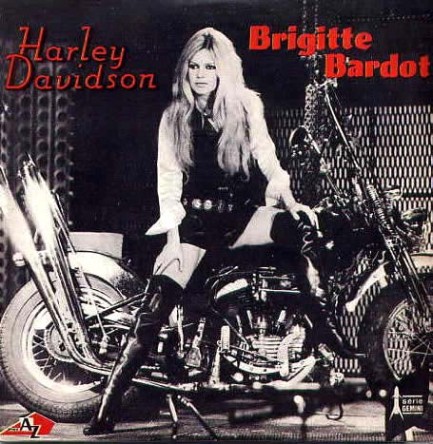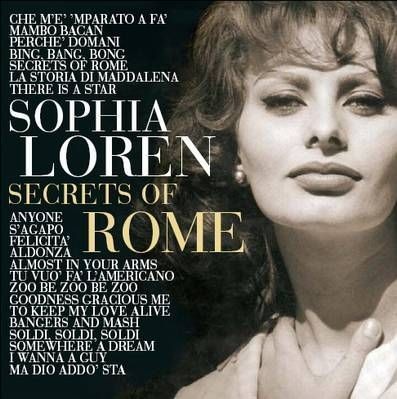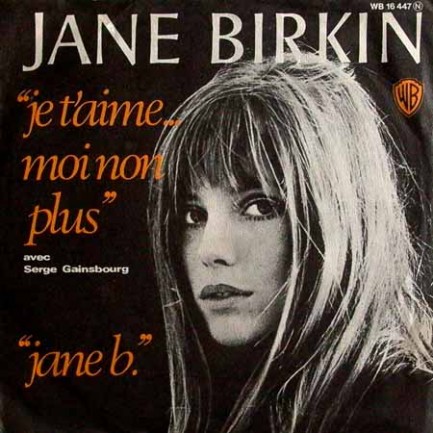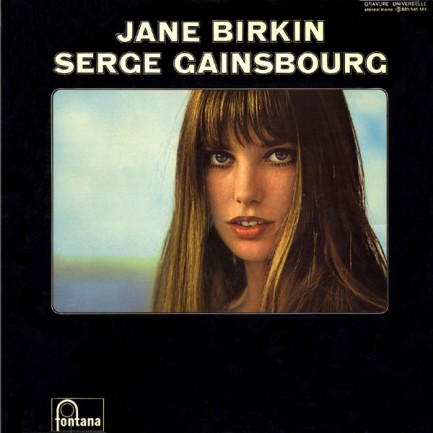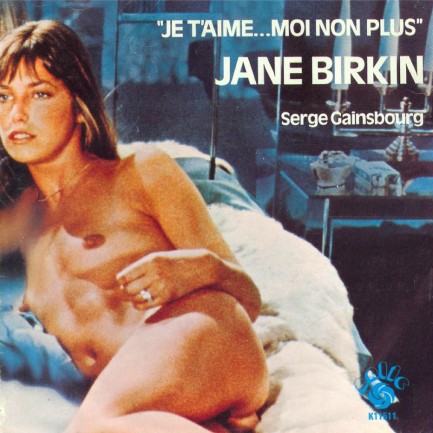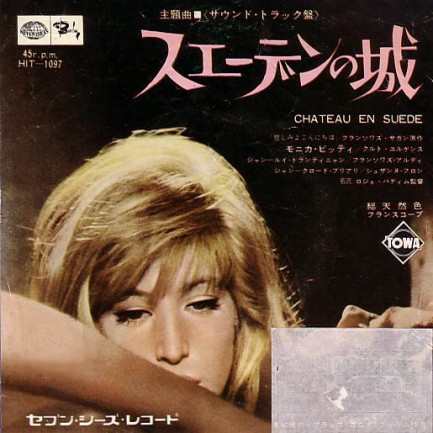 The people who got burned the worst were the movie's investors. 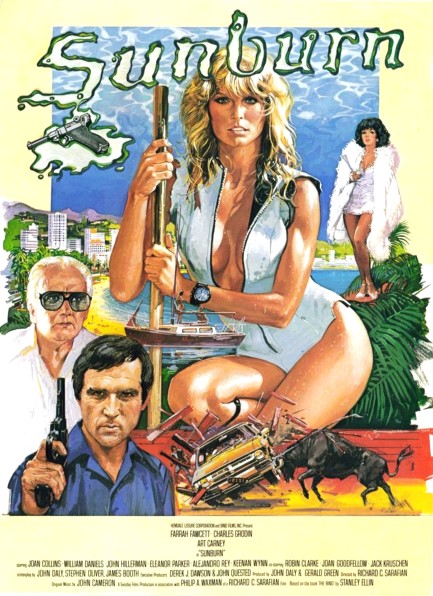
As we mentioned back in the spring, we started watching Sunburn, but stopped ten minutes in to backtrack to Stanley Ellin's source novel first because we thought the concept of an investigator hiring a woman to pose as his wife might be fun in written form. It was that, but the book wasn't perfect, as we discussed. Returning to the movie, above you see a painted promo poster, uncredited, though pretty nice, even if the central figure doesn't look as much like the star attraction as she should. But you recognize her anyway, right? That's Farrah Fawcett, or supposed to be, who headlined along with Charles Grodin, the latter of whose presence immediately marks the movie as a non-drama. But we forged ahead anyway to see what he, Fawcett, and co-stars Art Carney and Joan Collins could provide.
Sunburn, it must be said right off, flopped at the box office. That isn't definitive proof of a bad movie, but it's suggestive. The novel's premise and plot were retained: insurance investigator Grodin needs to get close to a rich Acapulco family in order to prove fraud, therefore he rents the villa next door and hires Fawcett to smooth his cover story by playing his wife. What's added that wasn't in the book is a thick layer of slapstick and Grodin's “comedy.” Fawcett is sunny, ingenuous, and sexy without guile, which was basically her brand, and it works as expected—wonderfully—but there's definitely no spark between her and Grodin. We don't think we've seen a woman's lips that tightly closed for a kiss since PI-1 lost a bet and had to smooch a friend's slobbery German boxer. As for the other participants, Carney finds himself in a wise old advisor role that fits, but Collins is wasted as a farcical nympho cougar.
Basically, the movie can be summed up this way: Grodin stumbles and bumbles his way through an investigation, Fawcett gives unsolicited and unappreciated help, and the plot veers inevitably toward reliable woman-in-danger tropes, buttressed by a standard cheeseball car chase that ends up going through a random fruit stand, round the inside of a colonial fortress, and into a bullring. The chase is capped by Fawcett's capture, which naturally leads to a chaotic rescue and a pat conclusion. From beginning to end the filmmakers whiff on all the good music of the late ’70s, which means the too-present soundtrack consists of only the worst pop hits of the era. Unhelpful, to say the least, and a lesson on the downside of using popular music on soundtracks.
We don't watch many movies from the late 1970s that aren't hard dramas, and Sunburn reminded us why—comedic acting from that time can be very idiosyncratic, and Grodin in particular hadn't yet perfected his distracted deadpan superior-attitude schtick. But if you get the feeling we disliked the movie, you'd be wrong. Its very obviousness makes it worth a smile. And we liked it a lot better than did our new consulting critic, Angela the sunbear, who'll mostly be advising us behind the scenes but may occasionally make a public appearance or two, depending on her mood. Today, she's feeling social. Give the Pulp Intl. readership a wave, Angela. 
Very good. And nice work standing on two legs. You look almost human, if that isn't offensive to say. Anyway, we could ask Angela to enumerate her many qualifications and credentials to critique cinema, including her degree from the Beijing Film Academy, but we assume you trust us to collaborate with only the most experienced and educated professionals. Also, it's 100 degrees where she lives, so she won't suffer an entire film unless it's really good. In this case, she waited about twenty minutes to see if any of her favorite fruits or wild berries made an appearance, discoursed on the tradition of comedians becoming actors (somehow tying in the Greek muses of comedy and drama—Thalia and Melpomene—which was way over our heads, if we're honest), pondered whether Grodin might get mauled at some point, then went for shade and water. So there you have it: Sunburn gets one reluctant thumbs up, but one definitive claw down. It premiered today in 1979.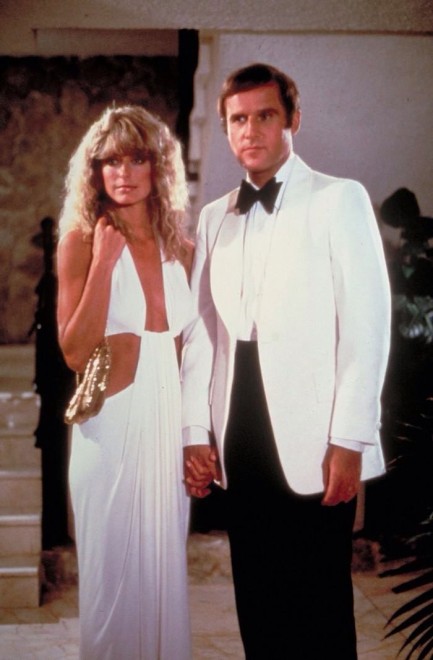 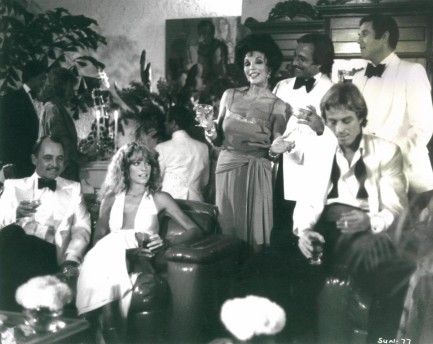 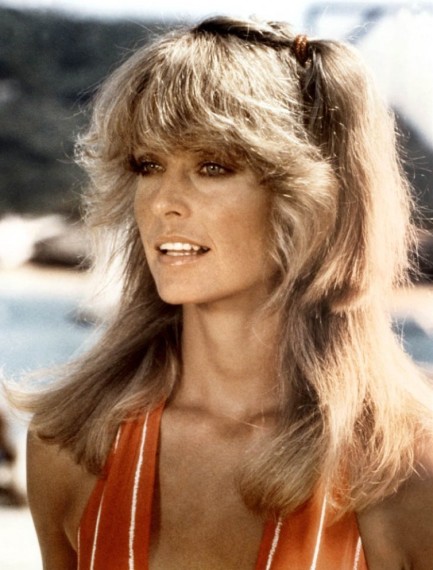 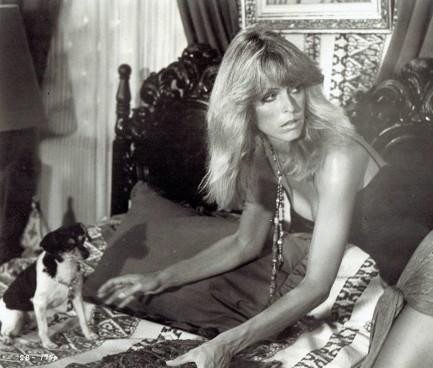 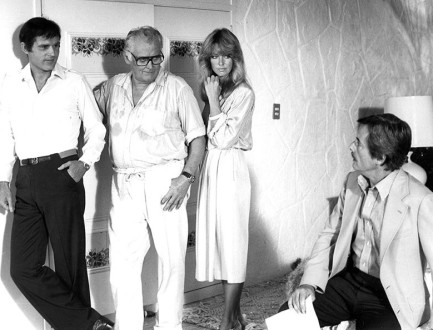 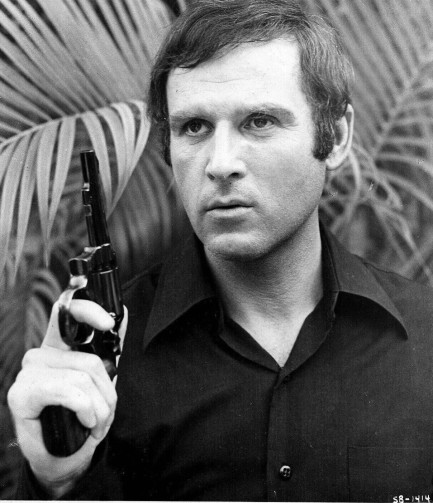 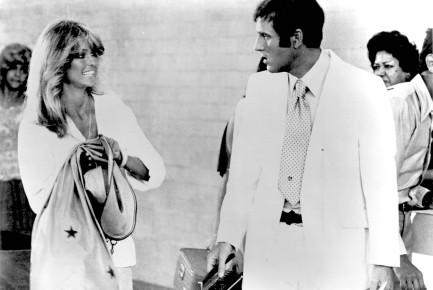 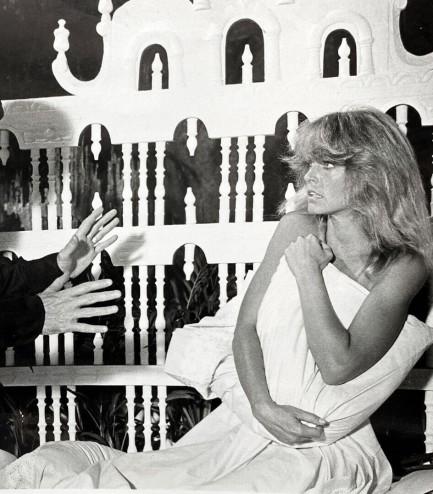 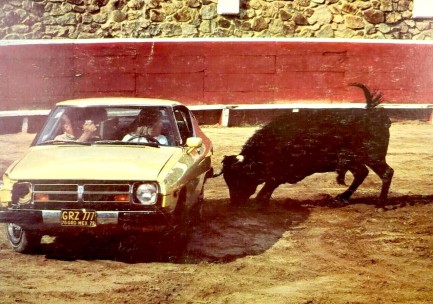 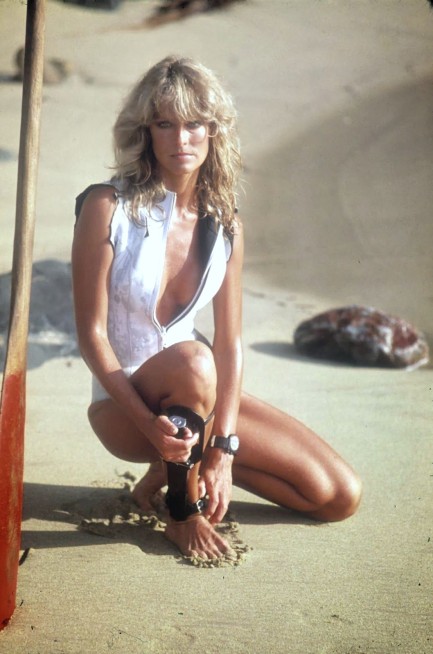 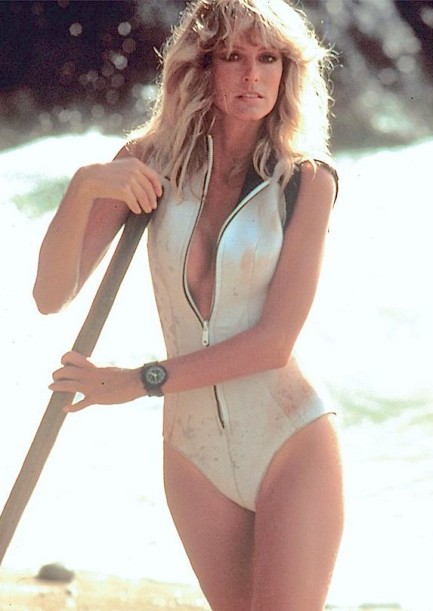 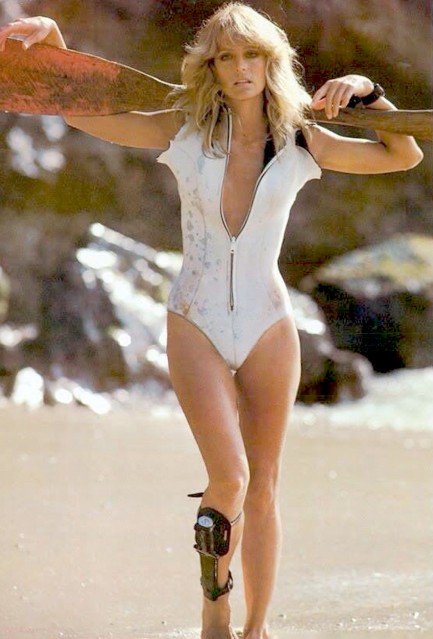 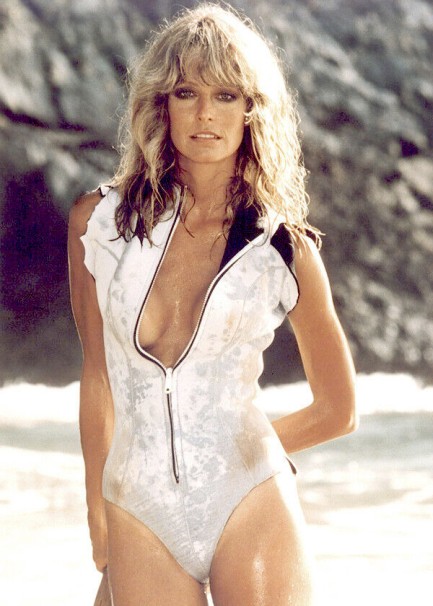 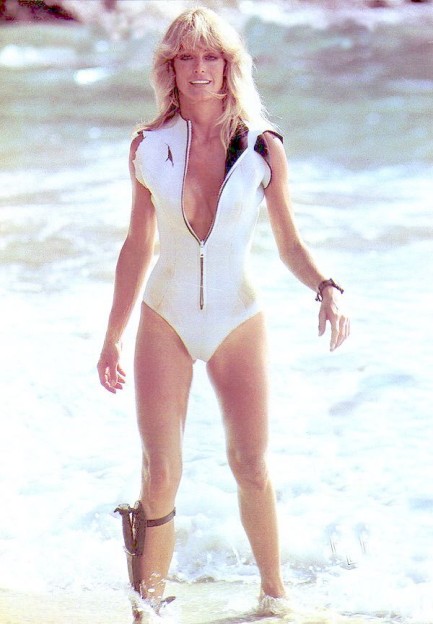
 Lines in the sand have a way of getting crossed. 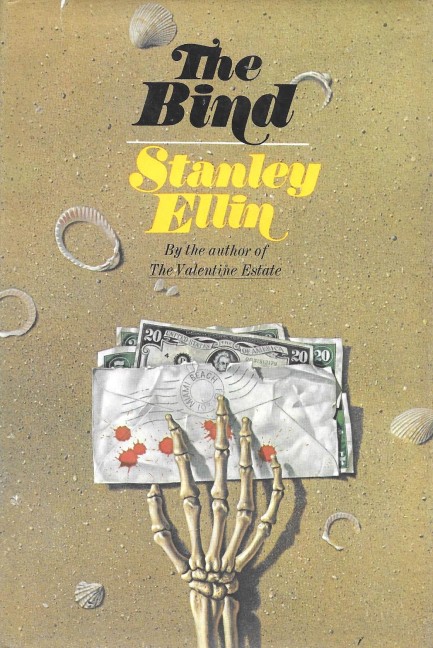
Considering our website's focus on beautiful art, you must be asking how we came to read Stanley Ellin's 1970 novel The Bind, with its beige post-GGA cover treatment by Joe Lombadero. What happened was we decided to watch the 1979 Farrah Fawcett movie Sunburn, but stopped during the opening credits when we saw that it was based on a novel. We'd decided to see the movie because it was helmed by cult director Richard C. Sarafian, and also because its premise interested us, but we figured that premise was probably more fully and interestingly developed in the source novel. We won't know for sure until we watch the film, but it's pretty much a given when you compare literature to cinema.
Here's the premise: insurance investigator Jake Dekker needs to get close to a secretive family to disprove a verdict of accidental death and save his employers a $200,000 payout, so he rents a house in their tony Miami enclave and hires an actress to pose as his wife. The family would be suspicious of a single man, but not a married couple. He's carried out similar scams and worked with the same actress over and over, but when she can't make the gig she instead sends down-on-her-luck colleague Elinor Majeski as a replacement. The fake wife aspect of Jake's scheme immediately gets complicated, both because this new actress is smarter and more curious than is convenient, and because she's unusually lovely. Uh oh. Professional comportment—out the window.
Ellin pushes his ripe premise for all it's worth. Jake insists on realism, which involves he and Elinor getting comfortable around each other, whatever intimate circumstances might arise. The only line they aren't to cross is sleeping in the same bed. Heh. How long do you think that lasts? Actually, it lasts a long while. Jake's shell is hard. He's borderline mean to Elinor, and therein lies the balancing act in the narrative. He's mean, but occasionally charming. Ellin's writing treads that crucial line well, but the book is overlong and its climax goes in a direction we didn't like. But we'd read him again. In any case, now we'll have to see what the filmmakers did with Farrah in the role of Elinor. Charles Grodin co-stars, so we expect the movie to be a bit silly, but who can resist Farrah?
 Clothes encounters of the Hollywood kind. 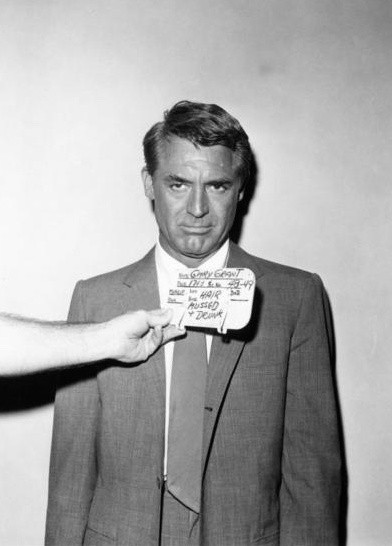 We've been gathering rare wardrobe and hairdresser test shots from the golden era of Hollywood, and today seems like a good day to share some of what we've found. It was standard procedure for all the main performers in a movie to pose for such photos, but the negatives that survive tend to belong to the most popular stars, such as Cary Grant, who you see at right. You'll see Marilyn Monroe more than amply represented below. What can we do? She's possibly the most photographed Hollywood figure ever, and she was beautiful in every exposure. But we've also found shots of a few lesser known stars, such as Giorgia Moll and France Nuyen. We've been gathering rare wardrobe and hairdresser test shots from the golden era of Hollywood, and today seems like a good day to share some of what we've found. It was standard procedure for all the main performers in a movie to pose for such photos, but the negatives that survive tend to belong to the most popular stars, such as Cary Grant, who you see at right. You'll see Marilyn Monroe more than amply represented below. What can we do? She's possibly the most photographed Hollywood figure ever, and she was beautiful in every exposure. But we've also found shots of a few lesser known stars, such as Giorgia Moll and France Nuyen.
Some of the shots are worth special note. You'll see Doris Day as a mermaid for The Glass Bottom Boat, Liz Taylor as a kid for National Velvet and an adult for Cat On a Hot Tin Roof, Farrah Fawcett in lingerie, Sheree North in both front and rear poses, and Yul Brynner looking like an actual man by sporting a body that had to that point seemingly known neither razor nor wax (he ditched the fur for his actual onscreen appearances). Usually the photos feature a chalkboard or card with pertinent information about the production and star, but not always, as in the case of Brynner's photo, and in Audrey Hepburn's and Joan Collins' cases as well. If the names of the subjects don't appear on the chalkboards you can refer to the keywords at bottom, which are listed in order. We may put together another group of these wardrobe shots later.
 One less angel in the world. 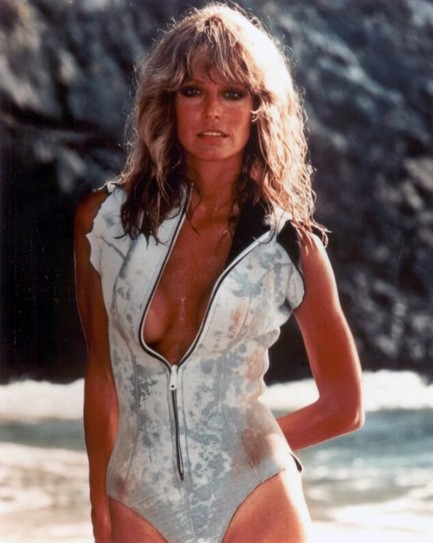
Above is American actress Farrah Fawcett, who began with small parts on television, scored a starring role in the series Charlie’s Angels, and after one hit season made a leap to motion pictures. She’s shown here surfside in a promo photograph from her 1979 thriller Sunburn. She died today at age sixty-two.
|
 |

The headlines that mattered yesteryear.
2003—Hope Dies
Film legend Bob Hope dies of pneumonia two months after celebrating his 100th birthday. 1945—Churchill Given the Sack
In spite of admiring Winston Churchill as a great wartime leader, Britons elect
Clement Attlee the nation's new prime minister in a sweeping victory for the Labour Party over the Conservatives. 1952—Evita Peron Dies
Eva Duarte de Peron, aka Evita, wife of the president of the Argentine Republic, dies from cancer at age 33. Evita had brought the working classes into a position of political power never witnessed before, but was hated by the nation's powerful military class. She is lain to rest in Milan, Italy in a secret grave under a nun's name, but is eventually returned to Argentina for reburial beside her husband in 1974. 1943—Mussolini Calls It Quits
Italian dictator Benito Mussolini steps down as head of the armed forces and the government. It soon becomes clear that Il Duce did not relinquish power voluntarily, but was forced to resign after former Fascist colleagues turned against him. He is later installed by Germany as leader of the Italian Social Republic in the north of the country, but is killed by partisans in 1945.
|

|
|

It's easy. We have an uploader that makes it a snap. Use it to submit your art, text, header, and subhead. Your post can be funny, serious, or anything in between, as long as it's vintage pulp. You'll get a byline and experience the fleeting pride of free authorship. We'll edit your post for typos, but the rest is up to you. Click here to give us your best shot.

|
|




















 We've been gathering rare wardrobe and hairdresser test shots from the golden era of Hollywood, and today seems like a good day to share some of what we've found. It was standard procedure for all the main performers in a movie to pose for such photos, but the negatives that survive tend to belong to the most popular stars, such as Cary Grant, who you see at right. You'll see Marilyn Monroe more than amply represented below. What can we do? She's possibly the most photographed Hollywood figure ever, and she was beautiful in every exposure. But we've also found shots of a few lesser known stars, such as Giorgia Moll and France Nuyen.
We've been gathering rare wardrobe and hairdresser test shots from the golden era of Hollywood, and today seems like a good day to share some of what we've found. It was standard procedure for all the main performers in a movie to pose for such photos, but the negatives that survive tend to belong to the most popular stars, such as Cary Grant, who you see at right. You'll see Marilyn Monroe more than amply represented below. What can we do? She's possibly the most photographed Hollywood figure ever, and she was beautiful in every exposure. But we've also found shots of a few lesser known stars, such as Giorgia Moll and France Nuyen.